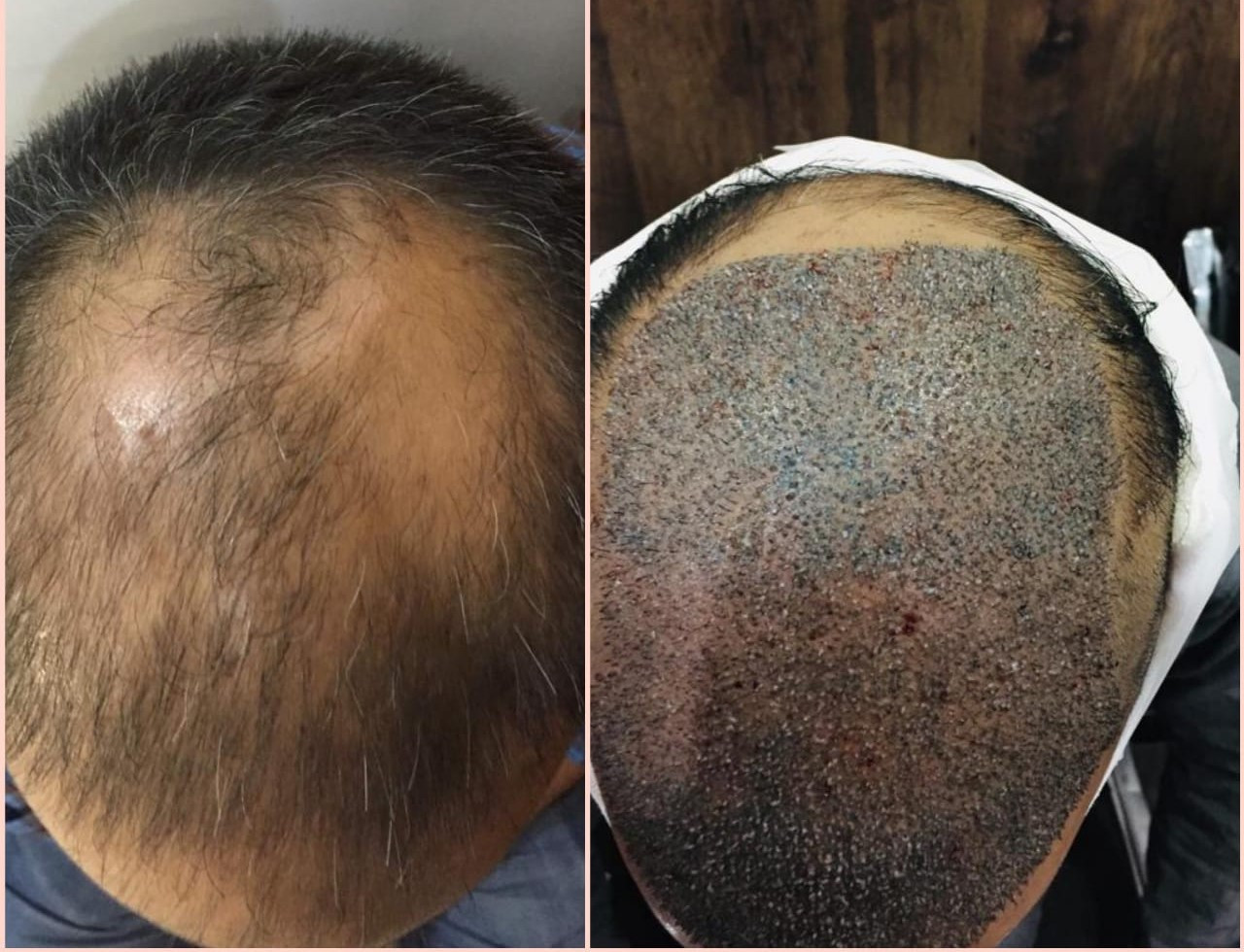
Hair transplant is a surgical procedure performed to address hair loss and restore natural hair growth in areas where it has thinned or receded. It is commonly sought by individuals experiencing male or female pattern baldness, hair thinning, or other forms of alopecia.
The procedure typically involves the removal of hair follicles from a donor site, often located at the back or sides of the patient's scalp, where hair is genetically resistant to balding. These follicles are then meticulously transplanted into the bald or thinning areas, known as the recipient site. The success of a hair transplant depends on factors such as the surgeon's skill, the quality of the donor hair, and the patient's expectations.
Hair transplants can be performed using two main techniques: Follicular Unit Transplantation (FUT), which involves removing a strip of skin from the donor area and dissecting it into individual grafts, or Follicular Unit Extraction (FUE), which extracts individual follicular units directly from the donor site. Both methods have their advantages and are chosen based on the patient's specific needs and preferences.
The results of a hair transplant are typically gradual, with the transplanted hair initially shedding and then regrowing within a few months. Once regrowth occurs, the hair is permanent and blends naturally with the existing hair. Hair transplant procedures have advanced significantly in recent years, providing more natural-looking and long-lasting results. However, it's crucial for individuals considering a hair transplant to consult with a skilled and experienced surgeon to discuss candidacy, expectations, and the most suitable approach for their unique situation.

 01245 206106
01245 206106























